Introduction to Spinal Board
A spinal board; commonly referred to as a spine board or backboard, is an essential medical device shown to be used for safely immobilizing and transporting patients in trauma situations. The primary purpose of the spinal board is to limit movement of the spine, especially when a spinal injury is suspected. By stabilizing the back, neck, and head, the spinal board helps prevent further damage during patient handling and transportation.
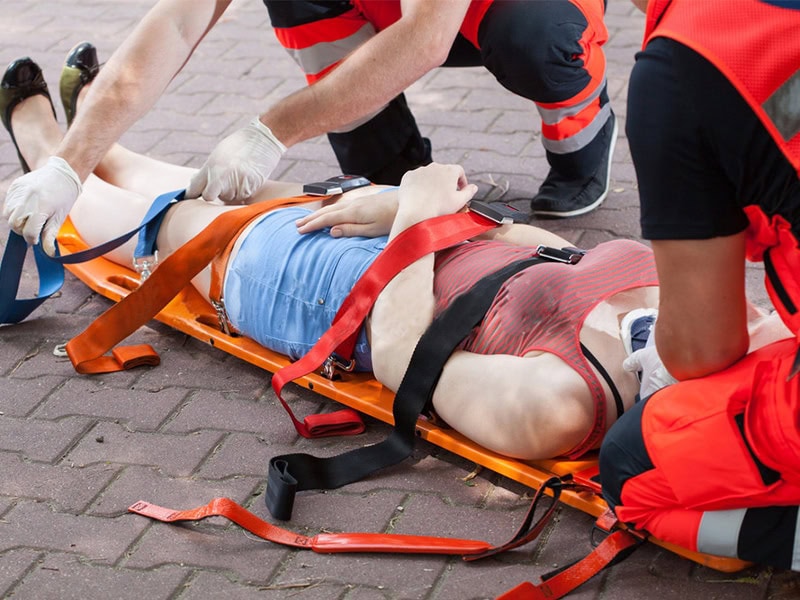
What Is a Spinal Board Used For?
A long spinal board—commonly called a backboard or the extra backboard —is a vital tool in trauma care, designed to support and immobilize patients with suspected spinal injuries. Often used in accident scenes, falls, or sports-related trauma, the spinal board helps protect the spine from further injury during movement. Read Our Guidelines About Spinal Injury Stability.
These devices are designed with dimensions that accommodate both adult and pediatric patients, providing complete body support from head to pelvis, while also considering spine board weight limit and distribution. Used by EMS, paramedics, and emergency responders, a spinal board ensures that injured individuals are safely stabilized under load before and during transport to healthcare facilities.
Spinal boards are typically indicated in patients with signs of neurologic compromise, particularly when considering the load on the spine. According to current clinical guidelines, spinal motion restriction should be applied when the Glasgow Coma Scale (GCS) is below 15, or if there is evidence of intoxication, midline spinal tenderness, or focal neurological symptoms.
Importance of Immobilization in Trauma Care
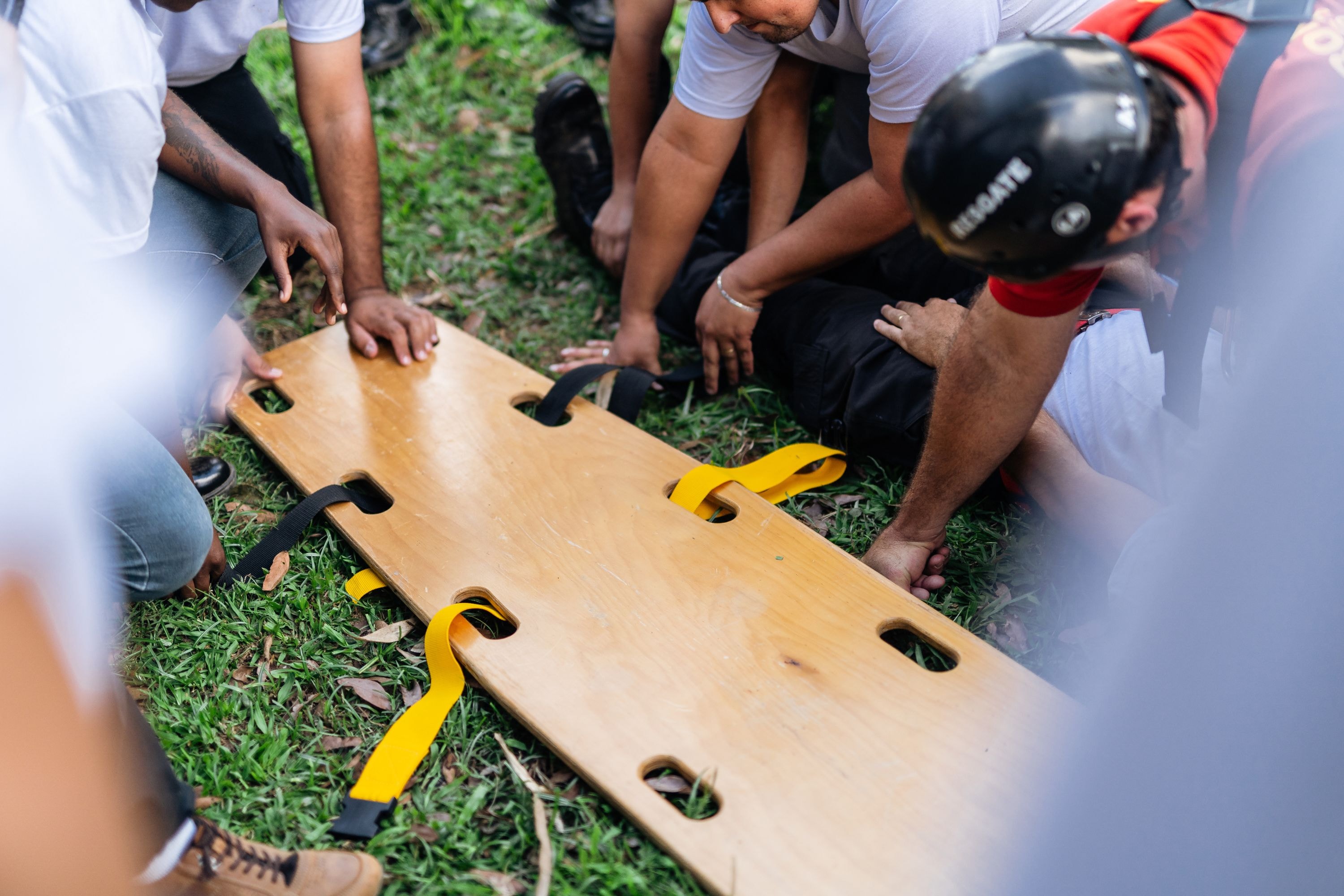
In trauma response, spinal immobilization is crucial. Movement of the spine when it’s been compromised can worsen an injury or lead to permanent neurological damage, which is why rigidity is so important. The backboard assists in full-body immobilization, minimizing spinal motion during lifting, carrying, and transport.
These injuries are especially serious, as spinal cord trauma is one of the leading causes of morbidity and mortality resulting from blunt-force trauma, underscoring the urgency of proper immobilization in the field to prevent further expense.
Key Features and Benefits
Modern spinal boards offer a blend of performance-driven features tailored for the field. Essential among these are multiple handholds for multi-rescuer transport, integrated head immobilizers, and quick-attach straps that facilitate secure positioning.
The XTRA backboard, for example, incorporates all these attributes, including those necessary for effective x-ray imaging, ensuring that rescue teams have the right tool to balance safety, durability, hygiene, and rapid response.
At only 15.25 pounds, the XTRA backboard is extremely lightweight and easily carried, even in fast-paced or solo-responder settings. Its compact profile is designed to fit seamlessly into standard ambulance storage compartments, optimizing space and accessibility during rapid deployments.
Structural Rigidity and Lightweight Design
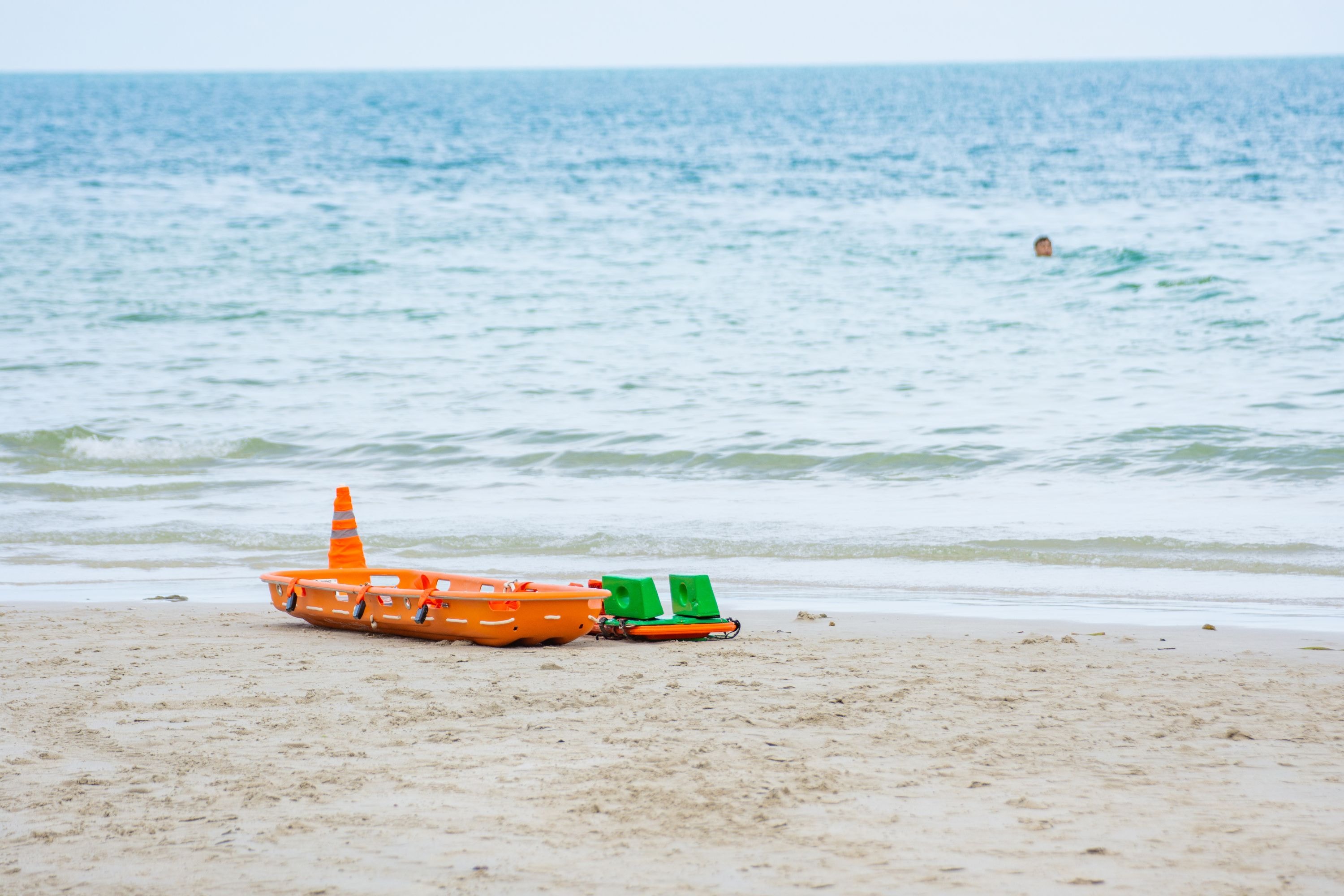
One of the primary features of a reliable backboard is its rigidity and rigid structure. Rigidity prevents bending or flexing under load, which could compromise spinal alignment. At the same time, these boards must be lightweight enough to be easily carried by a single responder or team during rescues or confined operations.
Modern spinal boards are designed using advanced polymers and composites. This allows them to remain durable while maintaining a lightweight build, essential for use in confined areas or rough terrain. A standard spinal board typically includes handholds and molded grips for safe lifting.
Smooth Surface for Easy Cleaning
A smooth, non-porous surface is a critical feature of any spinal board. It allows for easy cleaning and reduces infection risks, especially in shared-use environments like ambulances or trauma centers. The surface should be designed to resist fluids and contaminants, allowing for quick disinfection between patients.
Regular cleaning is not only about hygiene but also ensures the board’s longevity, ultimately reducing expense. Easy cleaning contributes to efficiency and safety, especially when seconds matter. Many models today are built with clean surfaces that can be wiped down without special equipment or excessive effort.
Types of Boards
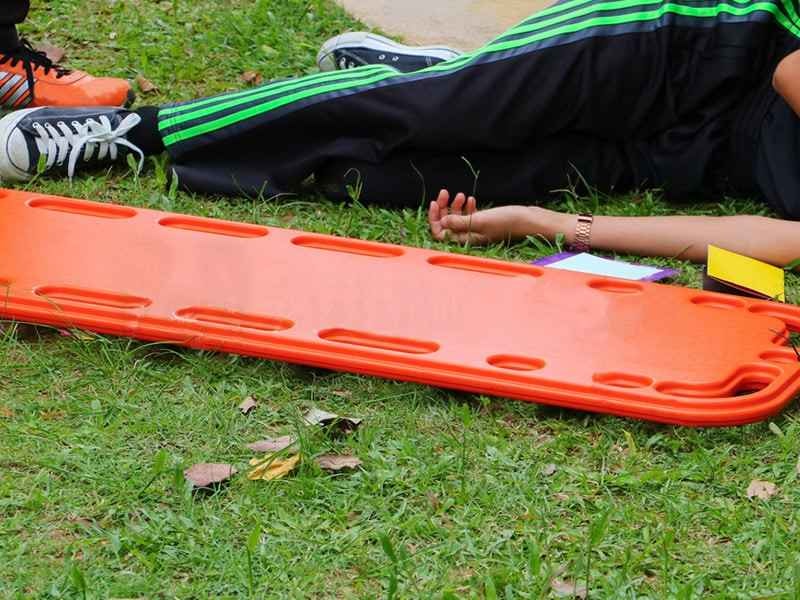
The medical field uses a variety of spinal boards, each adapted to particular emergency conditions. The long spine board is most common for trauma cases requiring full immobilization, while pediatric versions are scaled down in dimensions for smaller patients. Short boards, often used in seated extractions like vehicle collisions, are designed for tight access.
High-performance options like the XTRA backboard combine full-body support, lightweight construction, and advanced features such as X-ray translucence and chemical resistance. Choosing the correct board means assessing factors like patient size, injury location, and operational setting.
Boards suited for water rescue, for instance, float and resist corrosion, while others are designed for compatibility with stretchers and diagnostic equipment. You can talk to Our Experts About Choosing the right spine board.
Long Spine Boards vs. XTRA Backboards
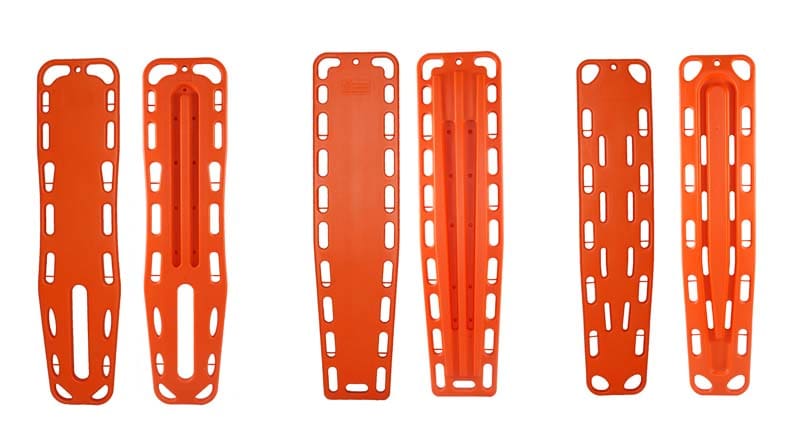
There are two primary categories of backboards: the traditional long spine board and the XTRA backboard. The long spine board is a standard device used for full-length stabilization. It’s effective, but lacks the specialized features of newer models.
In contrast, the XTRA backboard provides better x ray translucence, enhanced rigid structure, and superior clean-surface materials. Its added benefits make it suitable for more complex emergency responses.
Choosing the Right Board for the Situation
When deciding between board types, consider factors such as dimensions, patient size (e.g., adult patients), imaging requirements, and field conditions. A spine board that is lightweight and easily carried for easy cleaning is preferable in fast-moving emergencies.
Medical teams should also assess the setting—indoors, outdoors, or transport across uneven terrain. A good backboard ensures comfort, stability, and safety for both the patient and responders throughout the care journey.
Inspect every backboard regularly for cracks, scratches, or damage to pins, straps, and immobilizers. A lightweight spinal board may wear faster, so check for surface wear that could affect hygiene or function. Confirm the spinal board maintains its x ray translucence properties, ensuring it stays diagnostic-ready when seconds count in trauma care. Here is more information about the Spine board.
Diagnostic Compatibility
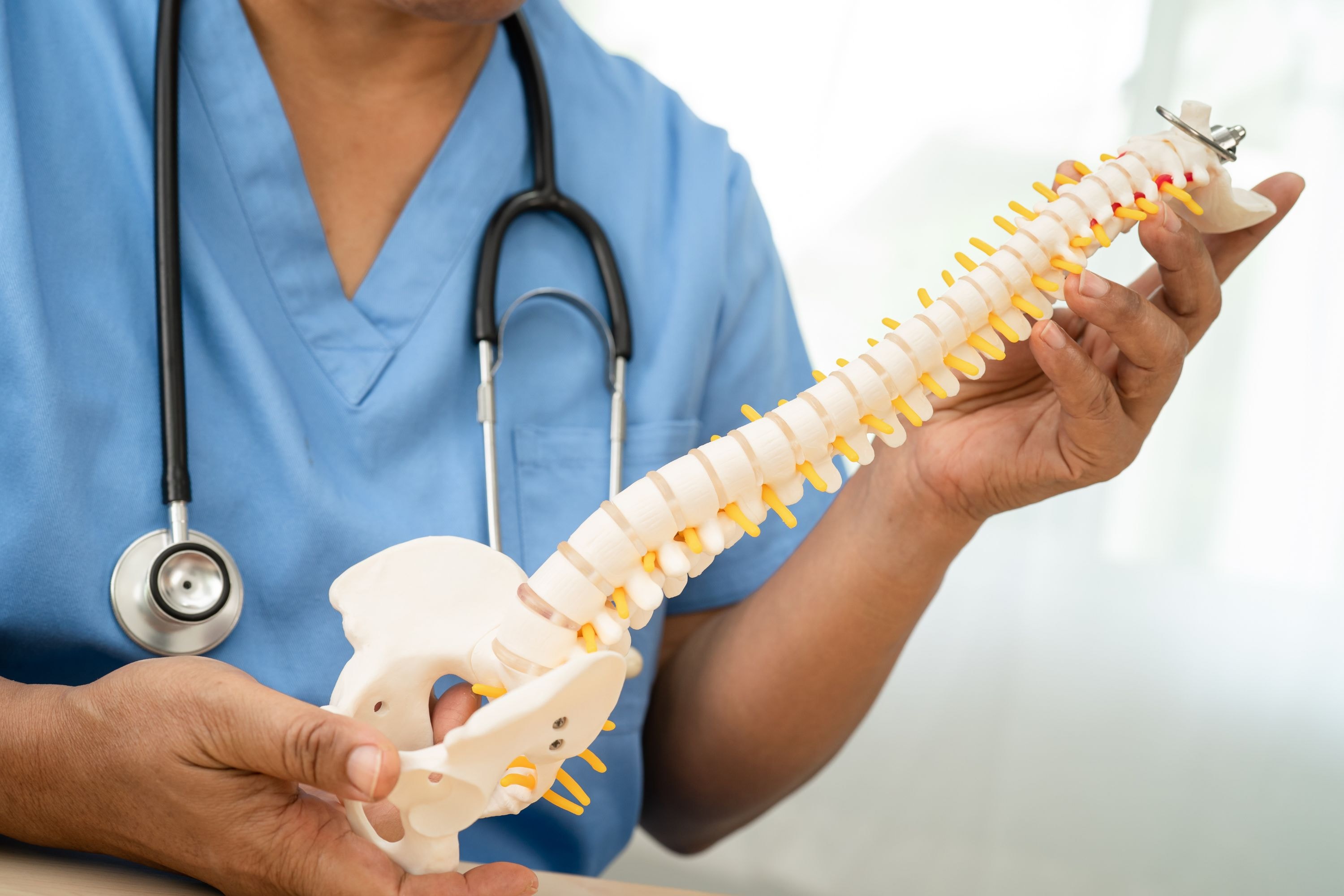
Diagnostic compatibility is a critical factor in selecting a spinal board, especially when imaging is required immediately after injury. Boards equipped with ray translucence allow for seamless integration with X-ray, CT, and MRI technology without repositioning the patient—this not only saves crucial time but also prevents the aggravation of spinal trauma.
In multi-trauma cases, having radiolucent equipment improves diagnostic efficiency and helps medical teams develop precise treatment plans faster. Models like the XTRA backboard are specifically engineered for this use, reducing the need for board transfers during diagnostics. Additionally, compatibility with stabilization accessories such as head blocks and radiolucent straps ensures the patient remains stabilized throughout the entire imaging process without sacrificing image clarity.
Why X-Ray Translucence Matters
X-ray translucence is a critical feature in modern backboards. It enables clinicians to perform x-ray diagnostic imaging without removing the patient, preventing unnecessary movement. The XTRA backboard is specifically designed for this purpose, offering excellent clarity under imaging equipment.
The XTRA backboard offers 100% x-ray translucence, ensuring that imaging procedures can be performed without interference. Despite its radiolucent design, it retains full structural rigidity, providing both imaging clarity and secure spinal support throughout transport.
XTRA Backboard for Imaging Needs
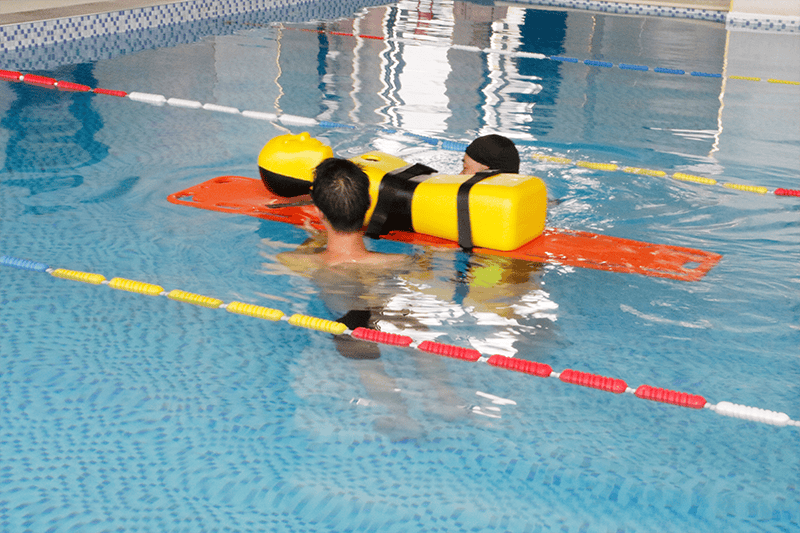
The XTRA backboard offers exceptional X-ray translucence, making it the preferred choice in high-acuity settings. This feature allows medical personnel to evaluate injuries in real-time, improving response and treatment planning.
Its smooth, clean, and designed-for-diagnostics surface ensures that no imaging distortion occurs. As a result, the XTRA backboard enhances both transport safety and diagnostic accuracy.
When paired with radiolucent straps and immobilizers, this spinal board becomes a powerful diagnostic tool during golden-hour trauma care and during patient extrication.
Patient Care and Safety
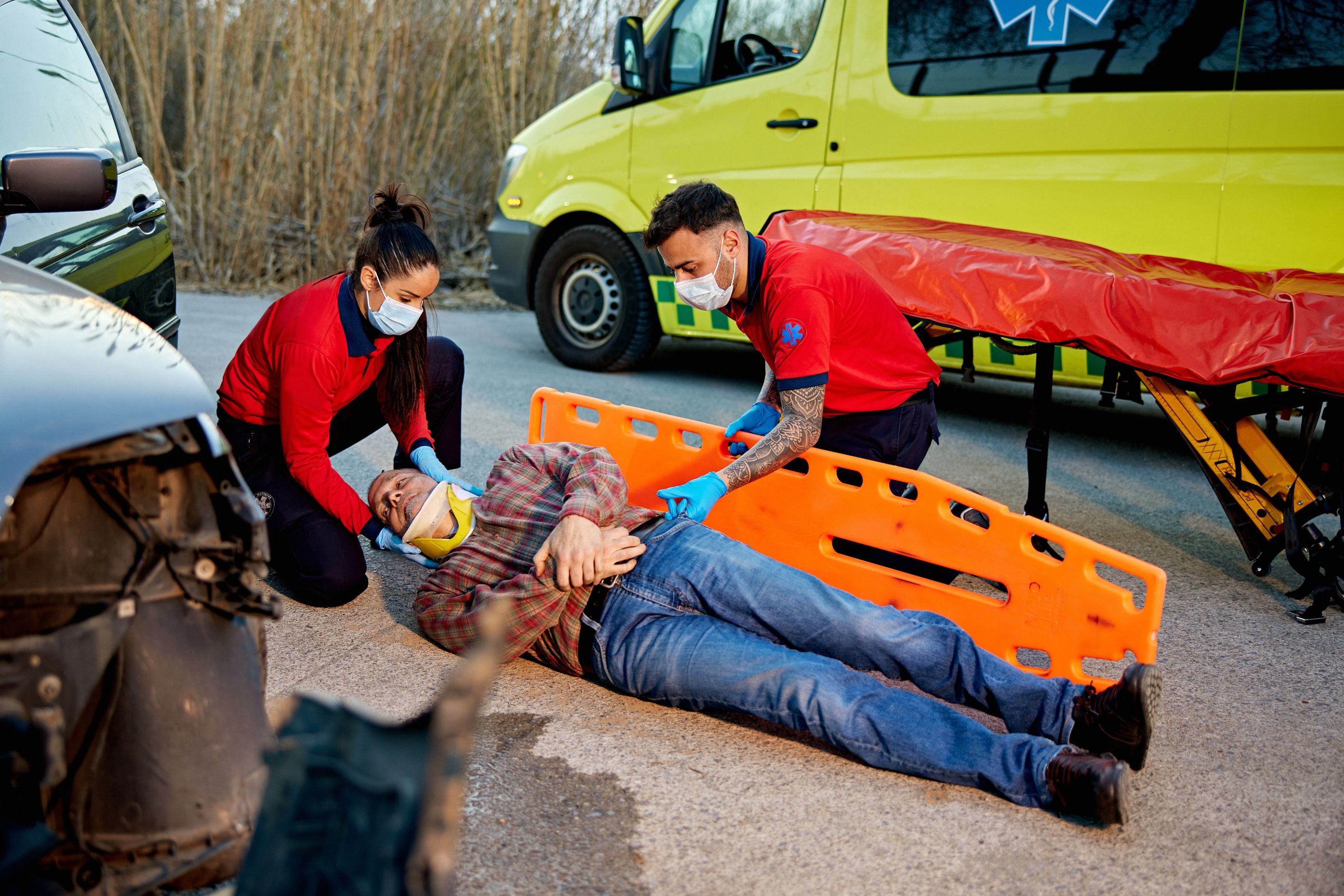
Ensuring patient care goes beyond basic stabilization it requires anticipation of risks during every stage of emergency response. A well-implemented protocol starts with spinal assessment, followed by controlled handling, continuous monitoring, and timely adjustments based on the patient’s condition.
The spinal board plays a central role in minimizing harm, but only when paired with trained personnel who understand proper lifting techniques, spinal alignment checks, and pressure point relief during prolonged transport. Additionally, patient communication—even in trauma situations—is vital for reducing anxiety and movement.
Features like non-slip surfaces, contoured edges, and ergonomic handles contribute to overall patient safety, especially when navigating uneven terrain or transferring from the field to the ambulance to the hospital without compromising spinal integrity. Read More About Essential Guidelines for Using a Backboard.
Spinal boards should be removed as soon as clinical evaluation confirms the absence of spinal injury, typically after radiological clearance or neurological assessment. Newer guidelines recommend minimizing immobilization duration to reduce the risks of pressure injury and discomfort, especially in prolonged EMS or emergency department care.
Safety Guidelines for EMS and Responders
Ensuring patient safety starts with adherence to medical protocols. Use of straps, head immobilizers, and proper lifting techniques are essential to avoid further injury. Each spinal board must be inspected for cleanliness, design, and structural integrity before use.
EMS teams should be trained to deploy the XTRA backboard in a range of situations—from roadside accidents to multi-casualty incidents. This ensures consistent care and reinforces easy protective strategies during transport.
Sanitizing the backboard through disinfecting and cleaning techniques, in accordance with hygiene guidelines, also enhances hygiene and infection control.
Conclusion and Recommendations

To select the best spinal board for lifeguards, professionals in the USA must evaluate critical features, including x-ray translucence, rigid construction, and ensuring they are in stock for patient dimensions. The XTRA backboard is a leading choice thanks to its proven performance, easy handling, and superior build.
Whether for general trauma response or specialized imaging environments, the XTRA backboard is designed to deliver consistent results while prioritizing patient safety, immobilization, and easy usability. Medical professionals should invest in models that support both care and operational efficiency in order to provide the best outcomes. Visit Our Website for all the information related to the spinal board.
While spinal boards remain valuable, recent guidelines advise their use only in patients exhibiting specific concerning symptoms, promoting a more selective and evidence-based approach.



